In the intricate world of predator-prey relationships, few hunters demonstrate the level of cunning and deception found in assassin bugs. These remarkable insects, belonging to the family Reduviidae, have evolved sophisticated strategies that blend patience, camouflage, and mimicry to secure their next meal. Far from simple ambush predators, assassin bugs employ elaborate ruses that manipulate their victims’ behavior and exploit their natural instincts. From physical disguises to chemical trickery, these insects have earned their ominous name through calculated hunting techniques that would impress even the most skilled human strategists. The fascinating deceptive practices of assassin bugs reveal nature’s endless capacity for evolutionary innovation and highlight how deception has become a crucial survival mechanism in the insect world.
The Masters of Disguise: Introduction to Assassin Bugs

Assassin bugs comprise over 7,000 species within the Reduviidae family, making them one of the largest and most diverse groups of true bugs in the insect world. Found on every continent except Antarctica, these predatory insects have adapted to a wide range of environments, from tropical rainforests to arid deserts. Their size typically ranges from 5 to 40 millimeters, with distinctive features including a narrow head, prominent eyes, and a curved proboscis that folds beneath their body when not in use. Despite their diversity in appearance and habitat, virtually all assassin bugs share one common trait: they are incredibly efficient hunters that rely on stealth, patience, and deception rather than speed or strength to capture prey.
The Deadly Weapon: Anatomy of an Assassin
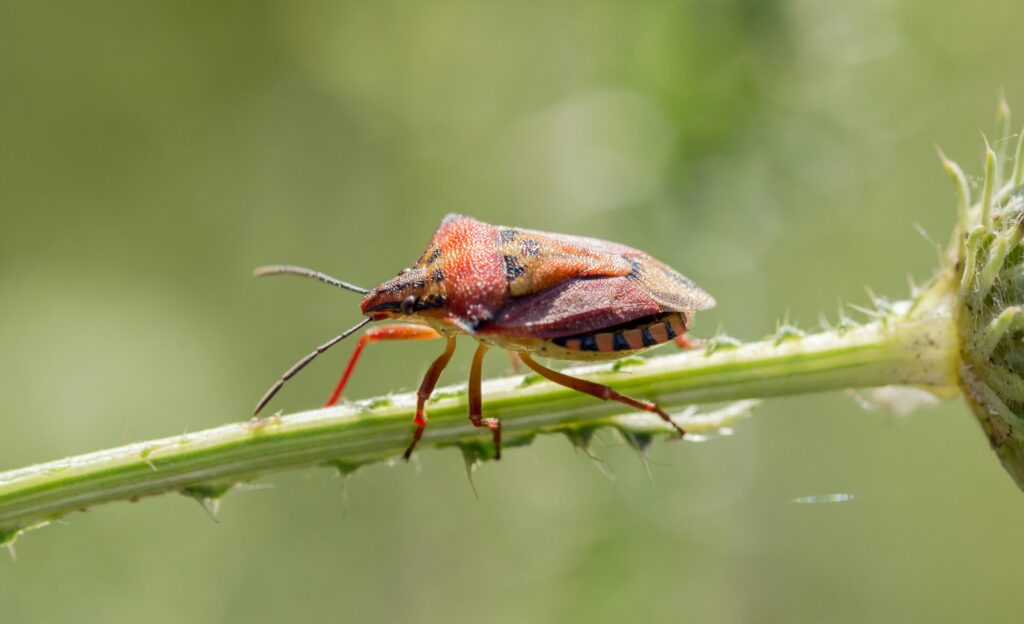
The assassin bug’s most distinctive anatomical feature is its specialized rostrum or proboscis – a needle-like mouthpart that serves as both weapon and feeding apparatus. Unlike many predatory insects that use mandibles to capture prey, the assassin bug’s rostrum can be quickly extended to stab victims, delivering a potent cocktail of venomous saliva containing powerful digestive enzymes and neurotoxins. This venom rapidly immobilizes prey and begins liquefying their internal tissues, allowing the assassin bug to extract nutrients through its hollow feeding tube. The rostrum is remarkably efficient, capable of piercing the tough exoskeletons of other insects with surgical precision. When not hunting, the assassin bug keeps this deadly weapon tucked safely under its head, giving it an unassuming appearance that helps maintain its deceptive advantage.
The Corpse Carrier: Masquerade in Dead Bodies

Perhaps the most macabre deception practiced by certain assassin bug species is their use of victim corpses as camouflage and disguise. The assassin bug known as the corpse carrier (Acanthaspis petax) creates a “backpack” composed of its victims’ exoskeletons, attaching the drained husks to specialized hooks on its back. This grisly collection serves multiple deceptive purposes, creating both visual camouflage that breaks up the bug’s outline and a chemical disguise that masks its predatory scent. Research suggests this corpse shield may even function as a primitive form of Batesian mimicry, making potential predators mistake the assassin bug for something inedible or dangerous. Most remarkably, these bugs appear selective about which corpses they use, preferring ant remains in many cases – possibly because ants produce strong chemical deterrents that further enhance the disguise’s effectiveness.
Chemical Trickery: Mimicking Prey Pheromones

Several assassin bug species have evolved sophisticated chemical deception techniques that exploit their prey’s communication systems. These clever hunters can synthesize and emit chemical compounds remarkably similar to the pheromones used by their target species for mating, navigation, or alarm signaling. For example, the assassin bug Zelus renardii produces chemicals that mimic the aggregation pheromones of certain beetle species, effectively creating an invisible lure that draws unsuspecting prey directly to them. This chemical mimicry is particularly effective because it triggers innate behavioral responses that override the prey’s cautionary instincts. Even more impressively, some specialized assassin bugs can adjust their chemical signatures depending on which prey species they’re targeting, demonstrating remarkable evolutionary adaptations for chemical deception.
The Spider Impersonators: Arachnid Mimicry
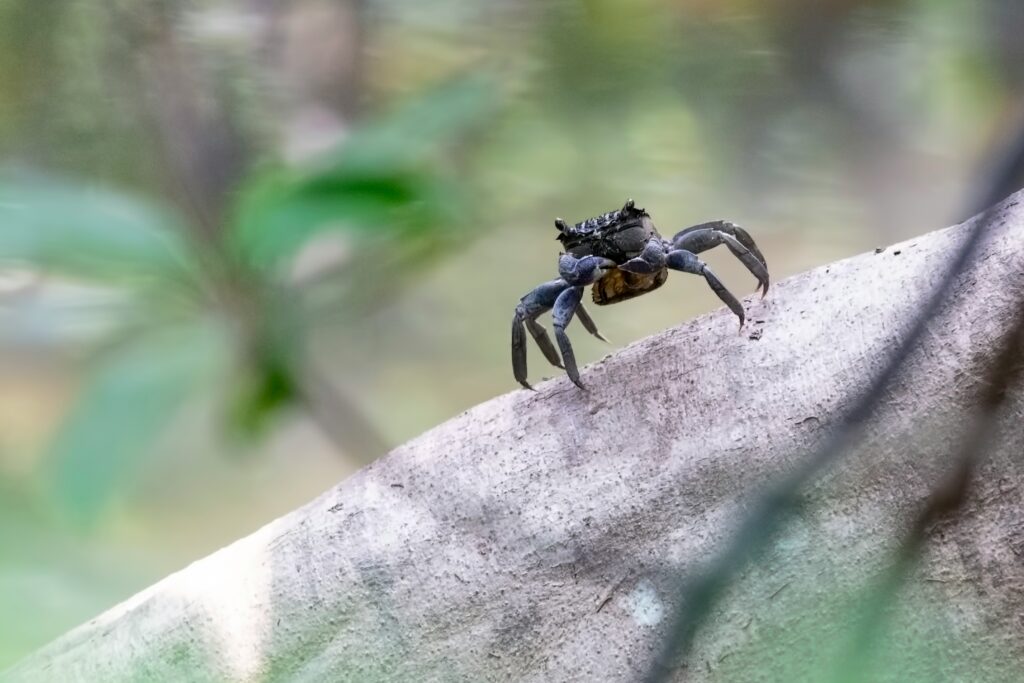
Several assassin bug species have evolved to mimic spiders in both appearance and behavior, creating a multi-layered deception that serves both defensive and offensive purposes. The feather-legged assassin bug (Holoptilus species) possesses elaborate leg modifications that closely resemble the appearance of certain spider species, complete with similar coloration patterns and proportions. These bugs further enhance their spider disguise by adopting characteristic movements and postures typical of arachnids, including the distinctive stop-and-start walking pattern many spiders exhibit. This sophisticated mimicry allows them to approach spider-hunting prey species without triggering defensive responses, and simultaneously provides protection from predators that avoid spiders. Some spider-mimicking assassin bugs have even been observed creating simplified “web” structures that help complete their disguise while functioning as primitive traps.
The Ant Assassins: Myrmecomorphy Specialists
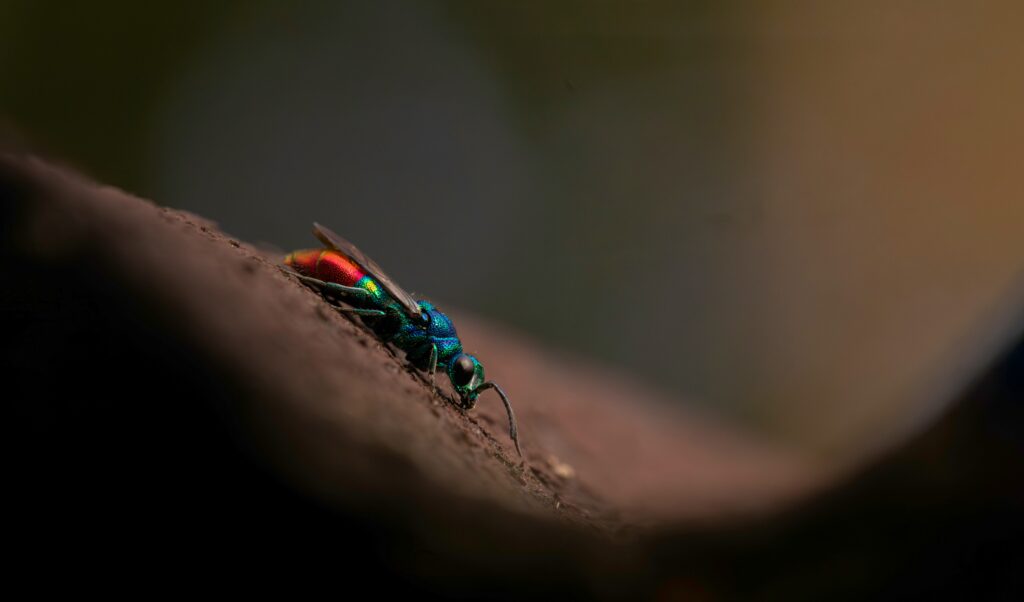
Among the most specialized assassin bugs are those that have evolved precise ant mimicry, known scientifically as myrmecomorphic species. These remarkable insects have undergone dramatic anatomical modifications to achieve their deceptive resemblance, including altered body proportions, constricted waists mimicking an ant’s petiole, and antennae that move like an ant’s. The deception goes beyond mere appearance, as these assassin bugs have also adopted ant-like movement patterns and behaviors, even following ant pheromone trails to maintain their cover. This elaborate disguise serves dual purposes – it allows the assassin bug to hunt ants without triggering colony defensive responses, and it provides protection from predators through Batesian mimicry, as many potential hunters avoid ants due to their defensive capabilities. Some myrmecomorphic assassin bugs have become so specialized that they hunt exclusively within specific ant species’ colonies, operating as wolves in sheep’s clothing.
Ambush Artists: The Sit-and-Wait Strategy
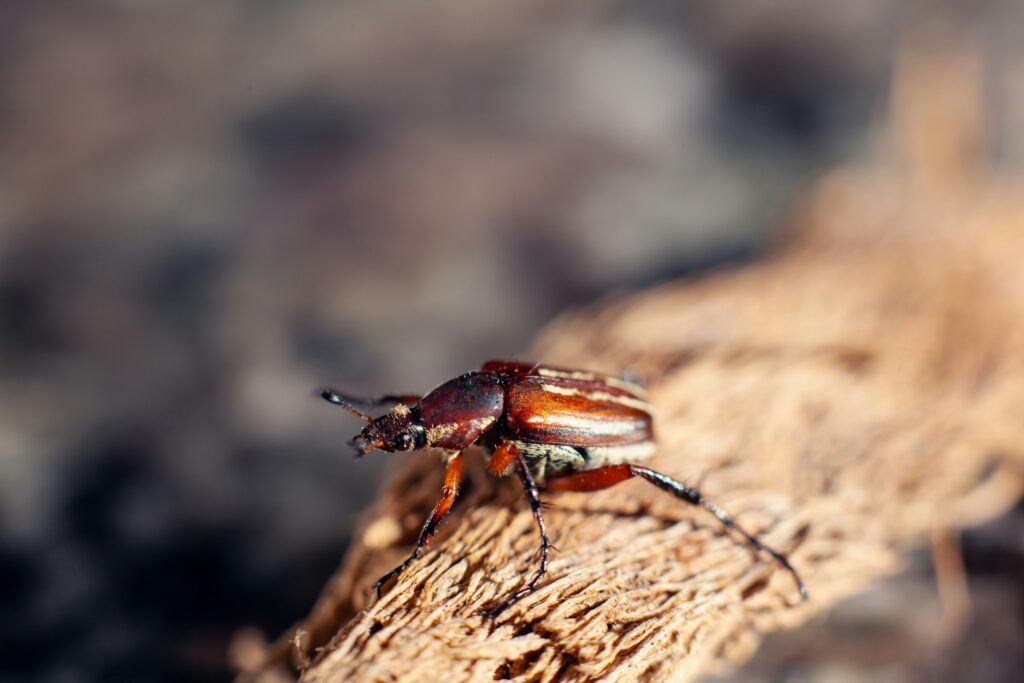
Many assassin bug species have perfected the art of patient deception through elaborate sit-and-wait hunting strategies. Unlike active hunters, these ambush specialists may remain completely motionless for hours or even days, blending into their surroundings while waiting for prey to come within striking distance. Species like the wheel bug (Arilus cristatus) often position themselves on flowers or vegetation where other insects are likely to visit, becoming virtually invisible through a combination of cryptic coloration and behavioral stillness. When prey approaches, the assassin bug maintains its deceptive immobility until the precise moment to strike, extending its rostrum with remarkable speed and accuracy. This hunting strategy represents a form of aggressive mimicry, as the bug’s stillness deceives prey into perceiving it as part of the harmless environment rather than a deadly predator.
Web Trappers: Sticky Deception Techniques
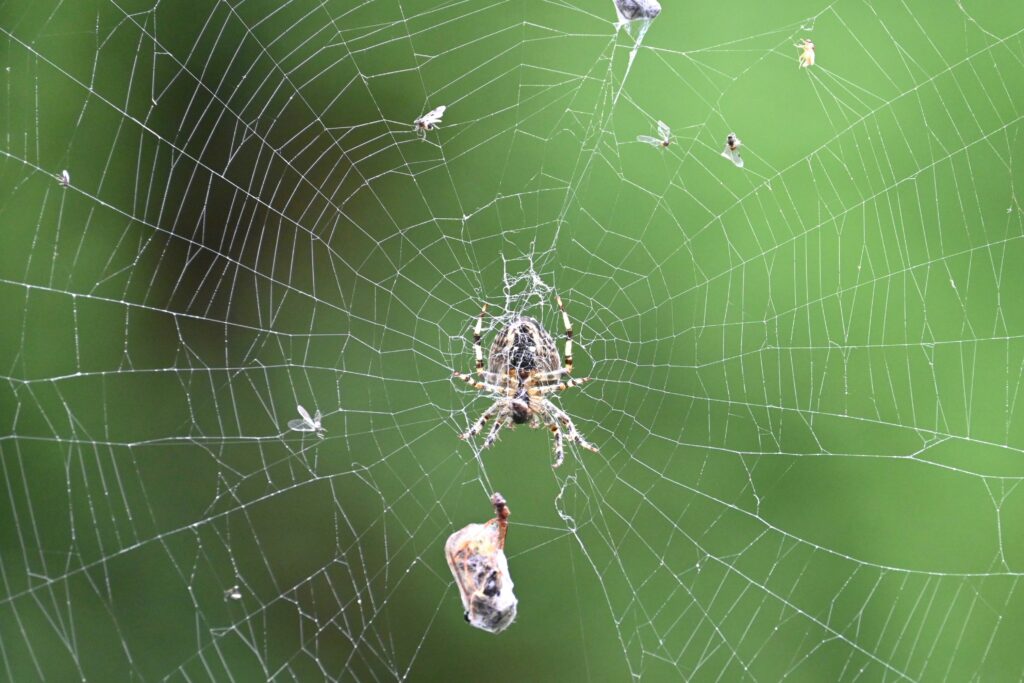
Several assassin bug species, particularly those in the subfamily Ectrichodiinae, have evolved remarkable sticky trap mechanisms that represent sophisticated forms of deceptive hunting. These specialized bugs produce adhesive secretions from glands on their forelegs, creating what researchers have described as “living flypaper.” The bugs typically apply these sticky substances to plants in locations frequented by potential prey, creating invisible traps that immobilize victims upon contact. Some species enhance this deception by positioning themselves near their sticky traps, mimicking harmless plant structures or remaining motionless until prey becomes ensnared. What makes this strategy particularly deceptive is that the adhesive is virtually undetectable to prey until physical contact occurs, and since it doesn’t resemble typical predatory structures like webs, it fails to trigger natural avoidance behaviors in potential victims.
The Bee Wolves: Pollinator Predation Strategies

Certain assassin bug species have evolved specialized deceptive techniques for hunting pollinators, earning them the nickname “bee wolves” among entomologists. These predators typically position themselves on flowering plants, where their coloration often blends with the flower’s appearance or creates the illusion of being another part of the plant such as a thorn or stem. The assassin bugs remain motionless as pollinators visit flowers, exploiting the focused attention bees and other pollinators place on gathering nectar and pollen. Some species, like Apiomerus spissipes, secrete adhesive substances from specialized glands that further improve their hunting success, allowing them to grasp slippery, fast-flying prey like honeybees. The most sophisticated bee-hunting assassin bugs have been observed positioning themselves specifically on flowers with ultraviolet patterns that attract pollinators, demonstrating an understanding of their prey’s sensory preferences.
Masters of Vibration: Luring Prey Through Touch
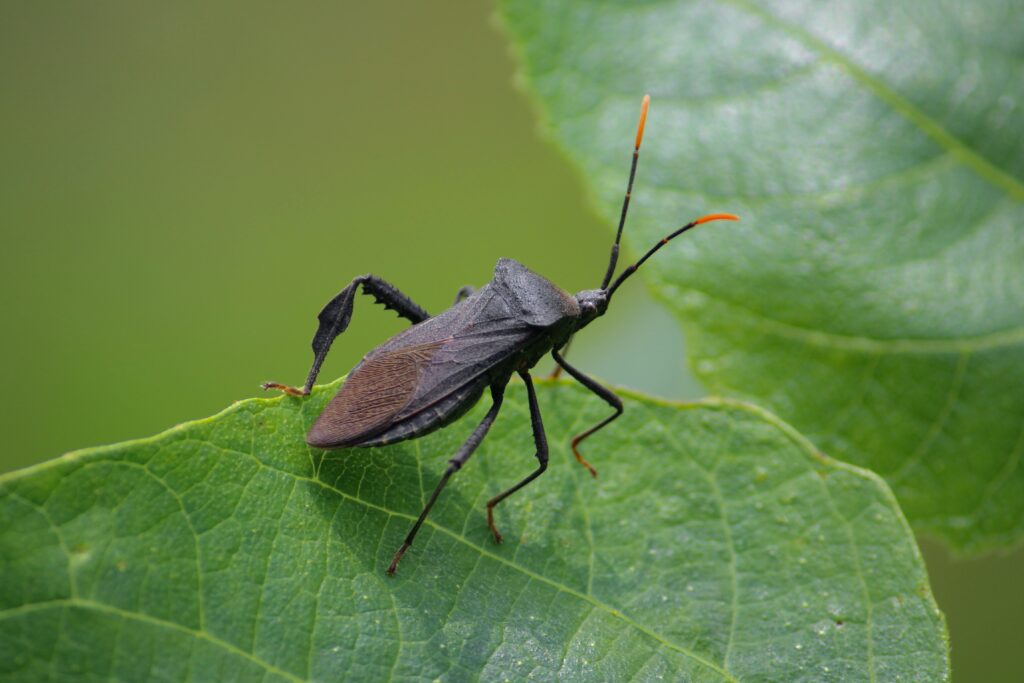
Among the most sophisticated deceptive strategies employed by assassin bugs is their manipulation of prey through tactical vibrations and movement patterns. Certain species have evolved to produce vibrations that mimic those made by potential mates or food sources of their intended prey, essentially “speaking” to victims in their own vibrational language. For example, some assassin bugs that target web-building spiders will pluck and manipulate spider silk in patterns that precisely mimic the movements of ensnared insects, tricking the spider into approaching what it perceives as trapped prey. This vibration mimicry requires remarkable precision, as the frequency, duration, and pattern of movements must closely match those expected by the targeted prey species. Researchers studying this behavior have documented assassin bugs adjusting their vibrational tactics for different prey species, demonstrating sophisticated learning capabilities and situational awareness.
The Kiss of Death: Human Interactions and Disease Vectors

While most assassin bugs focus their deceptive hunting strategies on insect prey, certain species have developed behaviors that impact humans, most notably those in the subfamily Triatominae, commonly known as kissing bugs. These species have evolved to feed on the blood of mammals, including humans, typically approaching sleeping victims and biting near the mouth or eyes (hence their common name). Their deceptive approach involves silent movement, typically at night, and the secretion of anesthetic compounds in their saliva that prevent victims from feeling their bite. Beyond their stealthy feeding habits, kissing bugs represent a significant health concern as vectors of Trypanosoma cruzi, the parasite causing Chagas disease. This relationship between bug, parasite, and human host represents another form of evolutionary deception, as the parasite manipulates both the bug’s behavior and the human immune response to facilitate its life cycle.
Evolutionary Arms Race: How Prey Fight Back

The sophisticated deception strategies of assassin bugs have not developed in isolation but rather through an ongoing evolutionary arms race with their prey species. Many potential victims have evolved counterstrategies to detect and avoid assassin bug traps, including enhanced chemical sensitivity to detect predator odors and behavioral adaptations that reduce vulnerability. Some ant species, for instance, have developed complex recognition systems that can identify mimics attempting to infiltrate their colonies, forcing myrmecomorphic assassin bugs to continuously refine their deceptive capabilities. Certain prey insects have evolved to detect the subtle vibrations or movements that even the most patient assassin bugs must eventually make, creating selection pressure for even more convincing stillness or mimicry. This dynamic evolutionary relationship drives ever more sophisticated deception strategies and detection mechanisms, demonstrating the remarkable adaptive capacity of both predator and prey in natural systems.
Conservation and Future Research
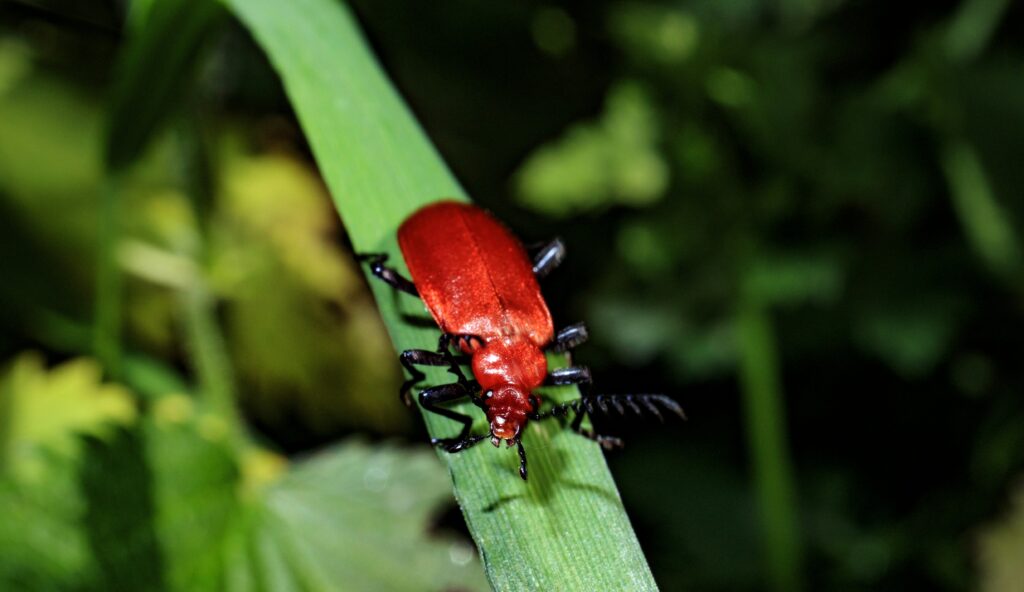
Despite their fascinating deceptive abilities, many assassin bug species face threats from habitat loss, pesticide use, and climate change that could limit our understanding of their remarkable adaptations. Conservation efforts focused on preserving the diverse habitats where these insects thrive are essential not only for maintaining biodiversity but also for allowing continued scientific research into their unique behaviors. Future research directions include deeper investigation into the genetic basis for deceptive traits, the neurological mechanisms that allow such sophisticated mimicry, and potential biomimetic applications inspired by assassin bug strategies. Some scientists are particularly interested in the chemical compounds assassin bugs produce, which may have applications in pest management or even medicine. As new technologies enable more detailed observation of these insects in their natural environments, we continue to discover even more sophisticated deception strategies that challenge our understanding of invertebrate cognitive capabilities.
The remarkable deceptive abilities of assassin bugs represent one of nature’s most fascinating evolutionary achievements. From corpse camouflage to chemical mimicry, these insects have developed an astonishing array of strategies that blur the line between hunter and environment. Their success demonstrates how deception, rather than pure physical prowess, can become a dominant evolutionary strategy when refined over millions of years. As we continue to study these remarkable predators, they offer valuable insights into the complex interplay between predator and prey, the development of mimicry, and the evolutionary forces that shape animal behavior. The assassin bug’s story reminds us that in nature’s grand theater of survival, sometimes the most effective predators are not those with the sharpest claws or strongest jaws, but those that have mastered the subtle art of deception.

